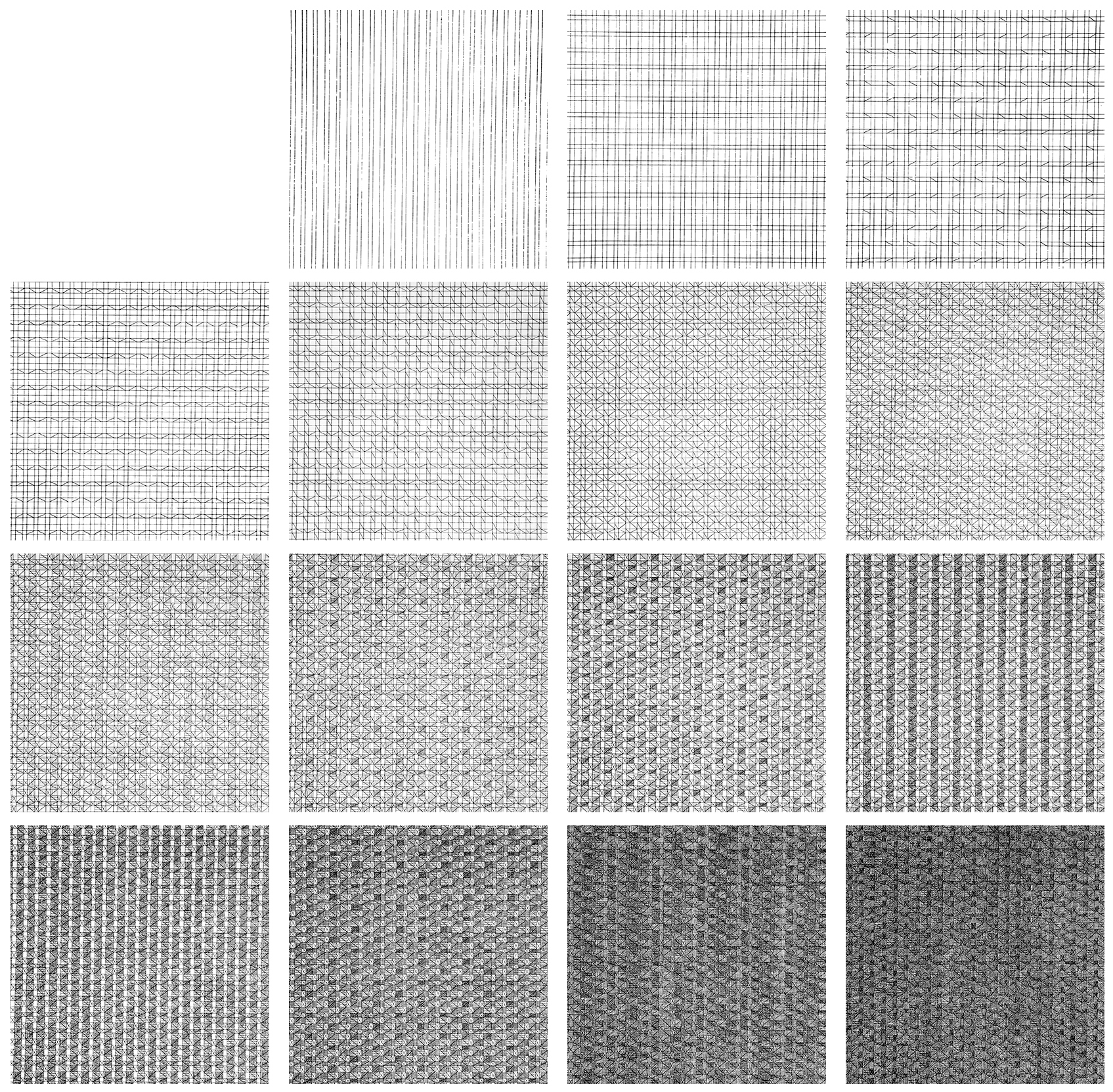

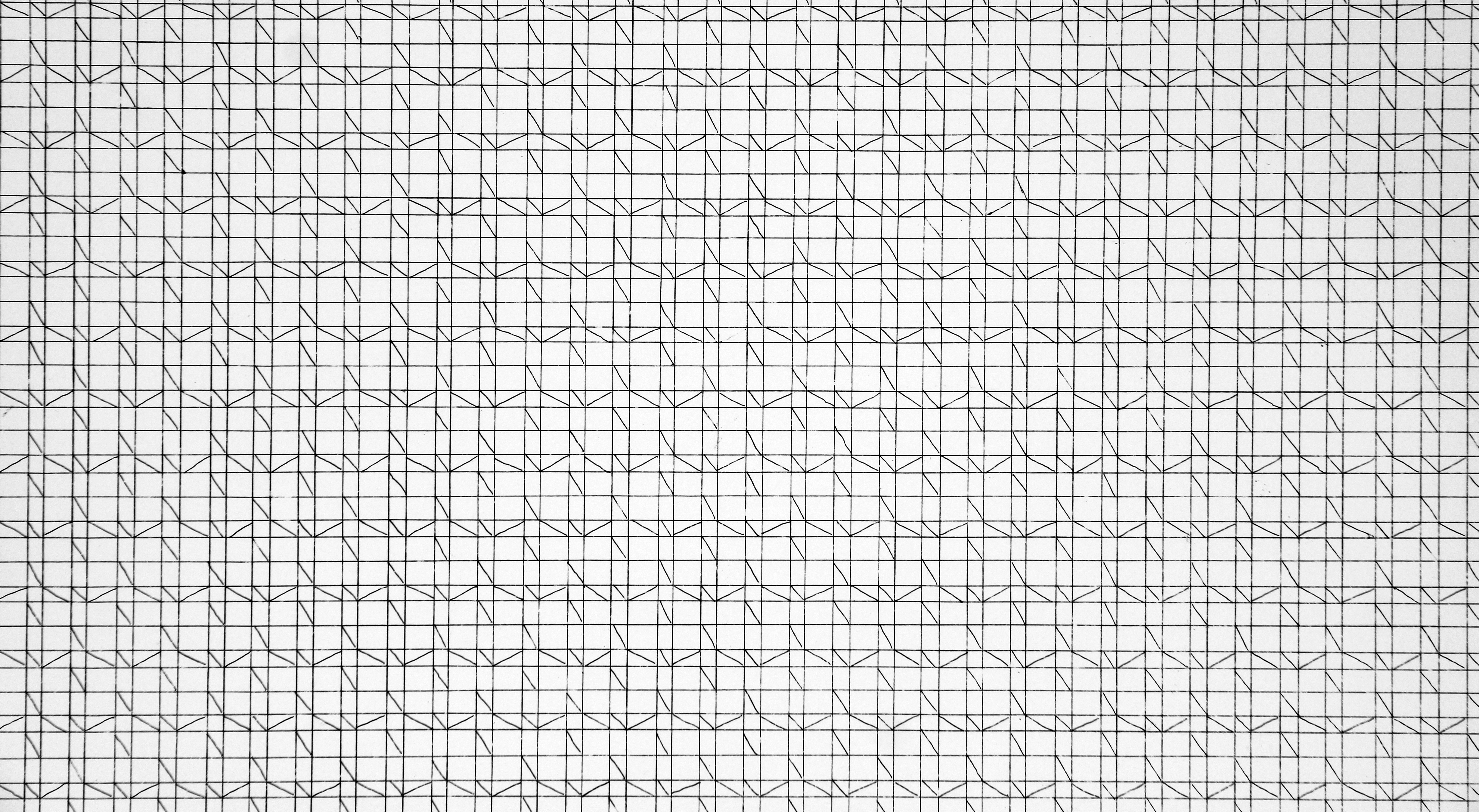
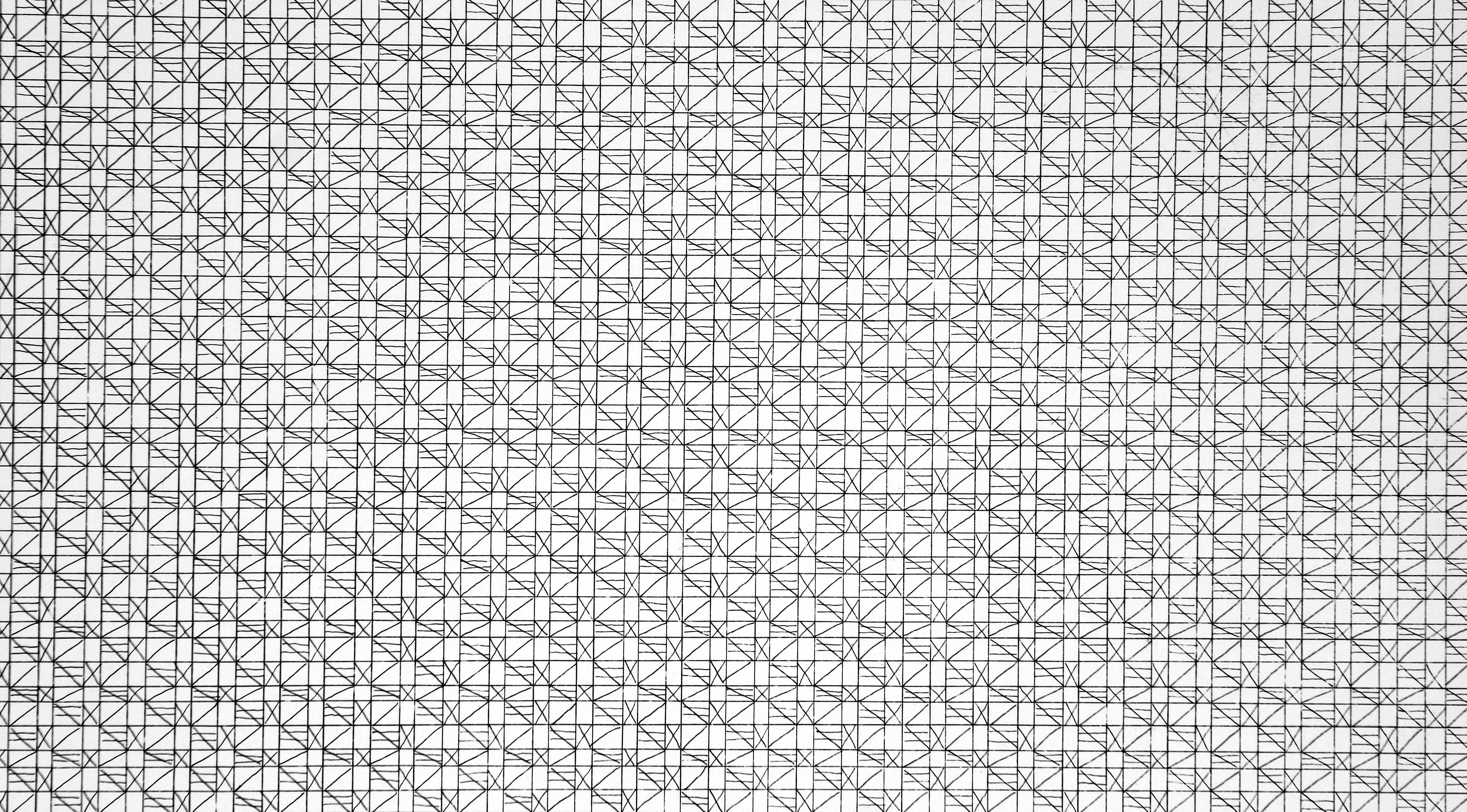
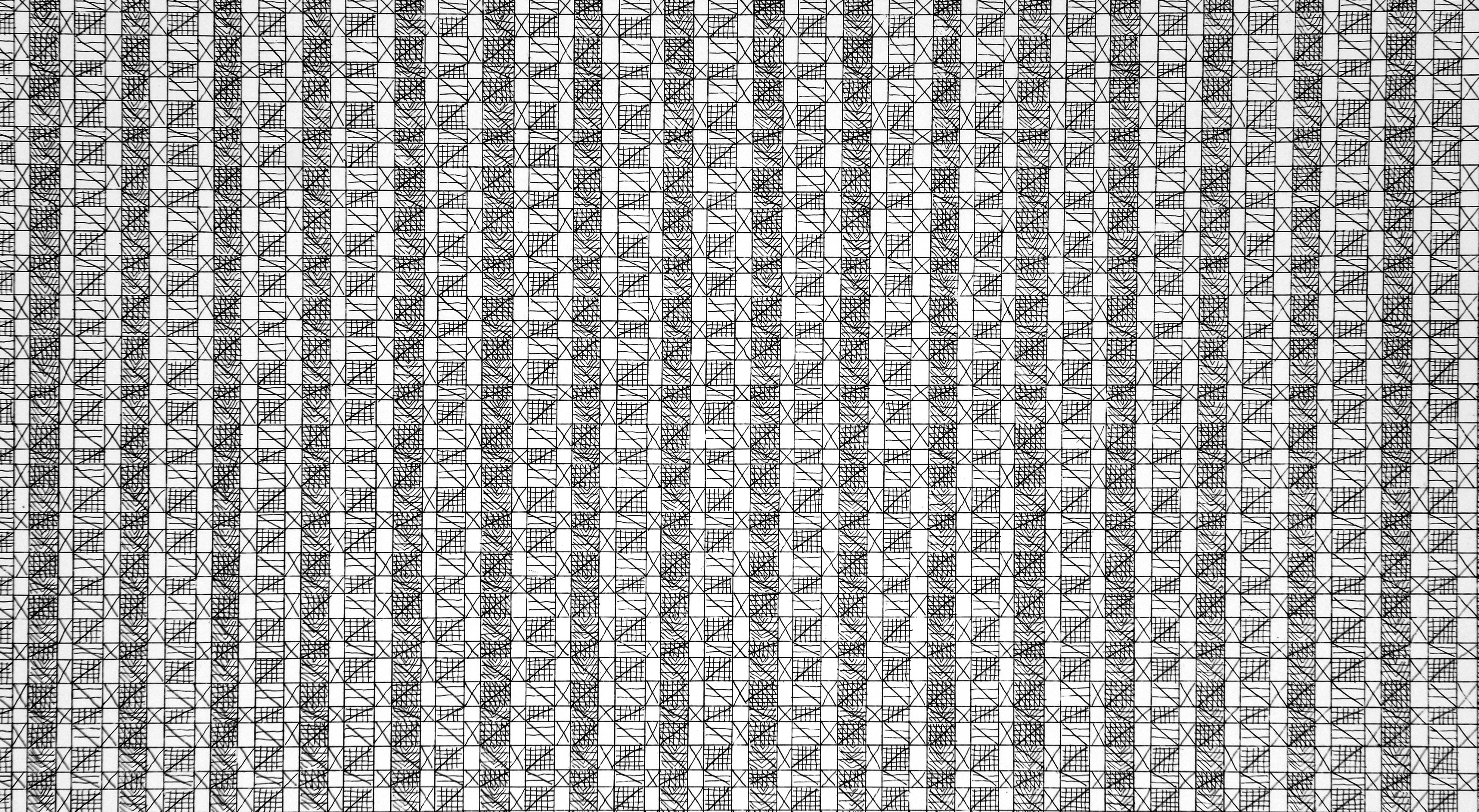
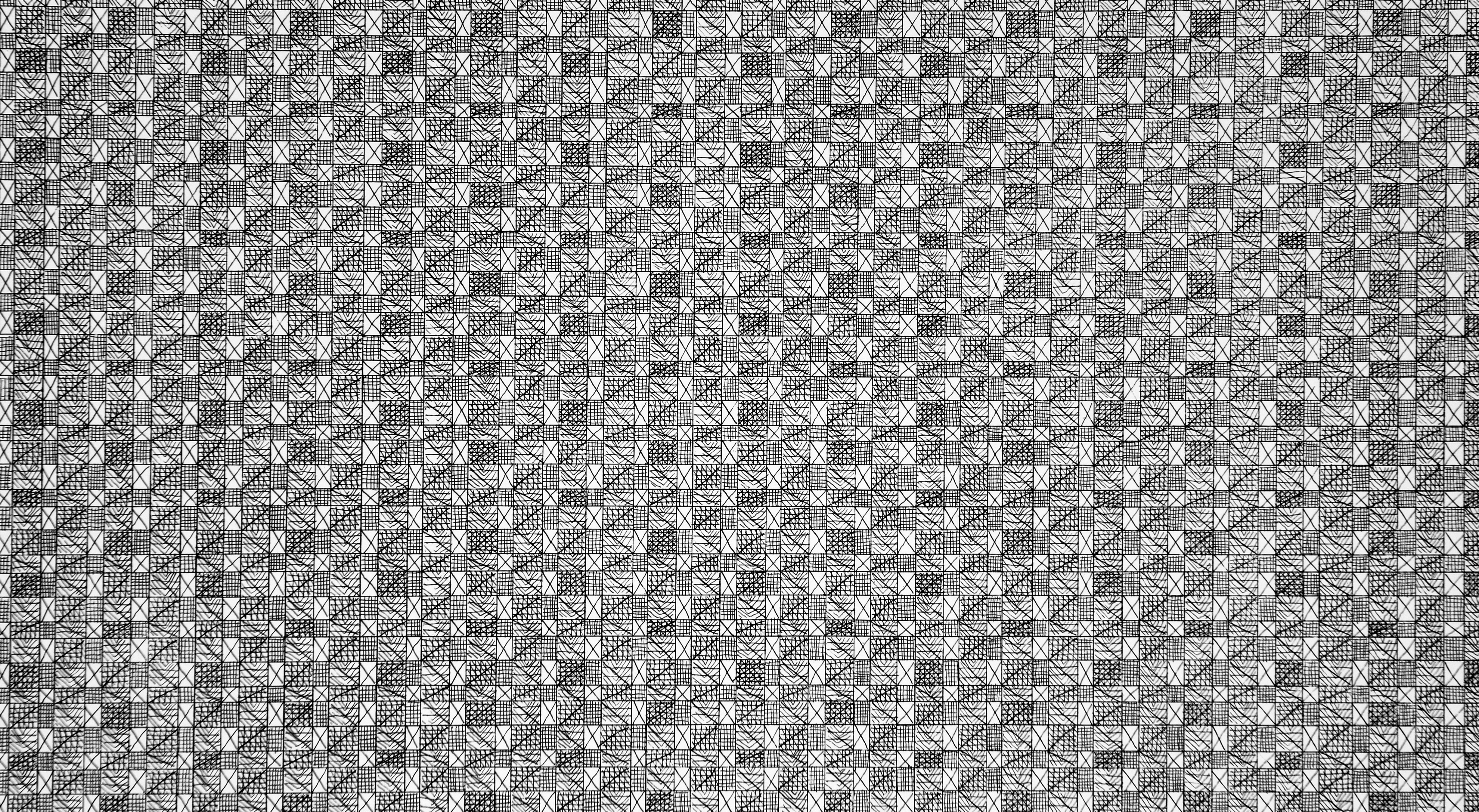
Texere
Bòlit, Centre d’Art Contemporani y EMA, Escola d’Art – la Mercé, Girona
Cortar la lengua, coserse la boca, morder la oreja
En el mito griego, Filomela se puso a tejer un lienzo que relataba sin sonido su historia. Y esto es escribir. Un impresionante callar precede al hablar-callando.
Siguiendo los movimientos silenciosos de las manos de Filomela, se plantea hacer una reinterpretación de las diferentes técnicas del tejer para llevarlas a la técnica del grabado. Avanzando y construyendo una trama, un relato. Porque primero se tejió antes de escribir. O quizás mejor decir que se escribía tejiendo.
La palabra texto, del término textum, remite en latín a la tela que teje, texere. Igual que lo hace una araña en las ramas, el texto es un dispositivo de caza que flota en el aire.
Esta superficie en constante movimiento se reescribe como un verdadero palimpsesto. Porque como en la mitología, Filomela demuestra que la escritura es una cosa que parece muerta pero que está viva. Todas las palabras tienen un vacío, pero todas guardan un secreto que las letras revelan.
A medida que el dibujo se completa, se vacía la imagen. Es invirtiendo el proceso del vacío por el llenado de las líneas, como la plancha vuelve al silencio. A medida que pasan los días, el grafismo ocupa un lugar que ya no puede decir, y calla, entonces enmudece. O como popularmente en Grecia se llama “cortar la lengua”, en el norte de Europa “coserse la boca” y en Asia “morder la oreja”.
* Incorporación del texto de Pascal Quignard en El hombre de tres letras
To cut the tongue, sew the mouth, bite the ear
In the Greek myth, Philomela set to weave a canvas that recounted her story without sound. And that is writing. An impressive shutter precedes the speak-silently.
Following the silent movements of the hands of Filomela, it is proposed to reinterpret different techniques of weaving to take them to the engraving technique. Moving forward and building a plot, a story. Because it was first woven before writing. Or maybe, better said, it was writing weaving.
The word text, from the term textum, refers in Latin to the fabric that weaves, texere. Like a spider in the branches, the text is a hunting device that floats in the air.
This constantly moving surface it is rewritten as a true palimpsest. Because as in mythology, Philomela shows that writing is something that seems dead but it is alive. All words have a vacuum, but they all keep a secret that letters reveal.
As the drawing is completed, the image is emptied. It is inverting the vacuum process by filling the lines, as the sheet returns to silence. As days go by, graphism occupies a place that it can no longer speak, and shuts down, then it mutates. Or, as is popularly the case in Greece, it is called “cut the tongue”, in Northern Europe “sew your mouth” and in Asia “bite the ear”.